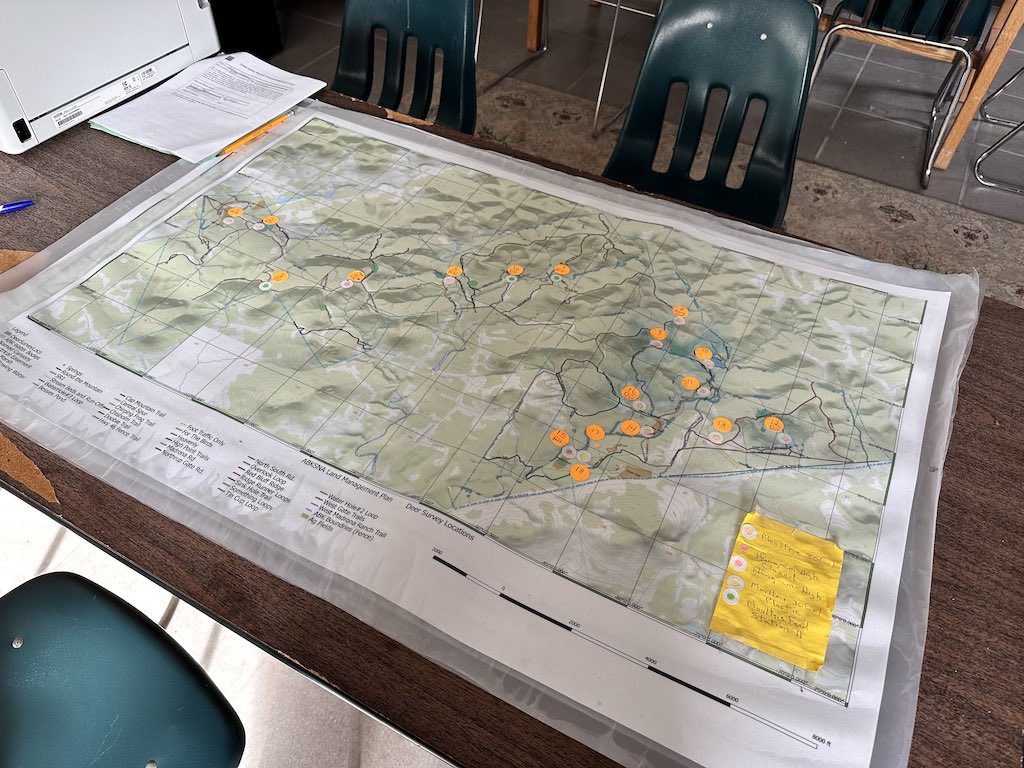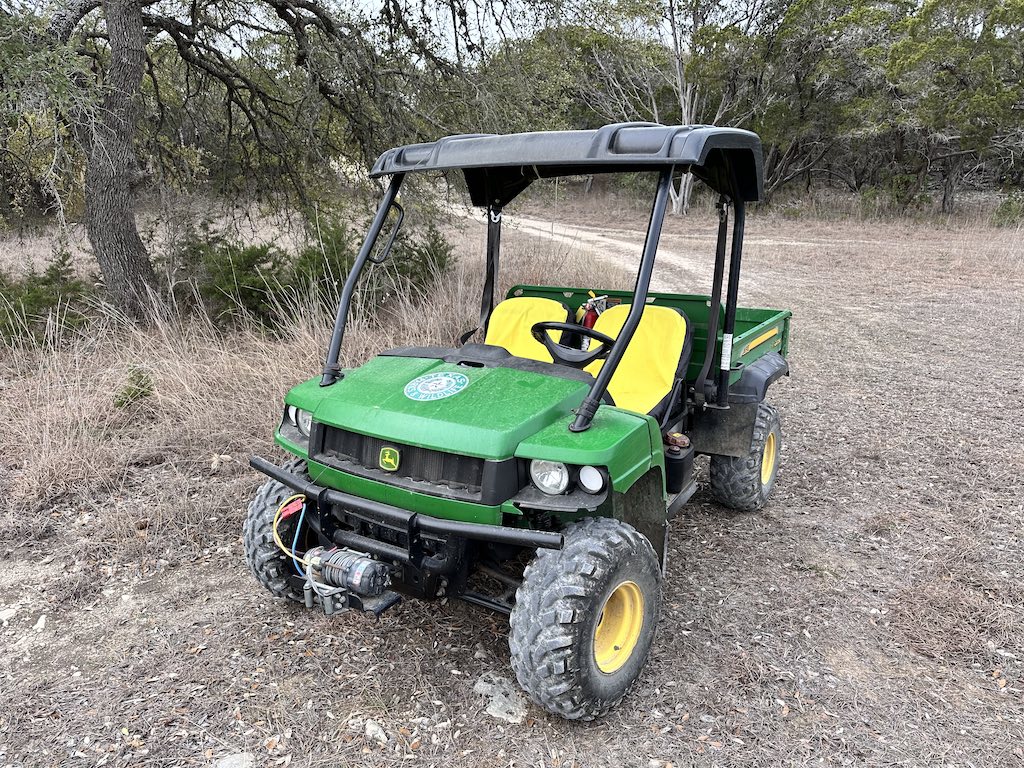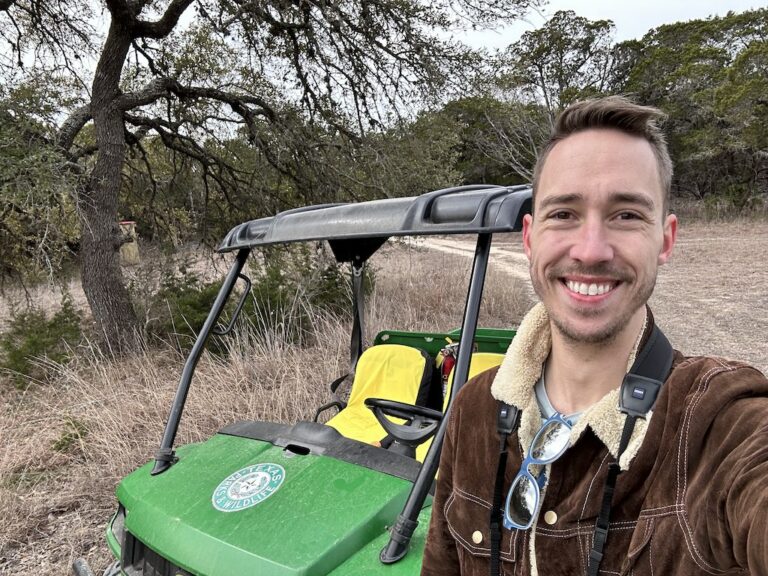I recently visited the birdfeed store and chatted with an employee there about birds (naturally). She asked if I’ve been to the Albert and Bessie Kronkosky State Natural Area.
From the Texas Parks & Wildlife Department website:
Albert and Bessie Kronkosky began buying property in [the Texas Hill Country] in 1946. By 1973, they were hunting, taking photos, and entertaining guests on their 3,814-acre ranch. The couple willed their beloved land to the state of Texas to protect it from development.
Texas Parks & Wildlife Department accepted the donation of the ranch in March 2011.
This land is a restricted-access area that you need special permission to visit. The woman I spoke with mentioned they are doing a Golden-cheeked Warbler survey on the land and they need volunteers. This interaction got me connected with the Texas Parks & Wildlife Department. They learned of my interest to bring technology and ideas to the bird survey.

I’m currently working on my Texas Master Naturalist Program certification and this survey counts as volunteer hours toward the certification so it was perfect timing.
Volunteer and ROV driver orientation
This morning I met up with Tom, a volunteer coordinator, to see the office and get trained on a special vehicle we use to navigate the property.

When I arrived, on the desk, was a large map of the Albert and Bessie Kronkosky State Natural Area. He told me all about the property and the various activities that occur there to maintain and improve it.
Once he was done sharing the needed information, we headed outside to the ROV garage.
The BirdRover™
Recreational off-highway vehicles (ROV) are used to get around the various areas planned out for the survey. This fun vehicle was a treat to drive as it can handle challenging natural surfaces, rocks, dirt roads, hills, and more.

ABKSNA has a fleet of six ROVs in varying sizes and fuel types. We picked one of the smaller ones to learn on. We started by turning it on and learning how to change the gear. I then backed it out of the garage and checked the air pressure of its weakest tire (indicated by a yellow marking). After adding air, he opened the gates to the natural area and I slowly drove us down the rocky trail.

Navigating on trust
I’ll be honest, directions aren’t my strong suit, so I was intimidated to travel around the land without getting lost. Luckily, he led the way and in the future GPS will lead me to the survey locations.
Tom directed us to a few different locations within ABKSNA and told stories about each place. I learned that the Natural Area is planned likely to be opened to the public in the next few years. About one-third of the area will be accessible for fishing, hiking, and camping.
As we drove down a trail, he pointed out a clearing in the trees leading to a field that the local Girl Scouts created recently.
ABKSNA has its own sanitation crew to clean up deceased animals. The sanitation workers could be seen circling in the sky and crowding around a recently-deceased wild pig. These Black Vultures will take about three days, depending on the weather, to clear an animal carcass apparently.
Flash!
On our way back to headquarters, I saw a brown FLASH run across the trail. I SQUEALED at the sight of my first-ever Greater Roadrunner! I couldn’t contain my excitement at this lifer! I’ve been waiting TWO YEARS to see this bird. My husband saw it two years ago, to the day, and has been holding it above me since! I finally get to add it as #340 on my life list.
Next up will be scheduling my first day of surveying for the Golden-cheeked Warbler. After this morning of excitement, my anticipation is growing!
